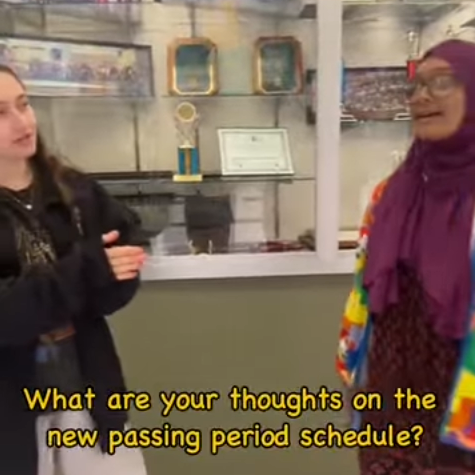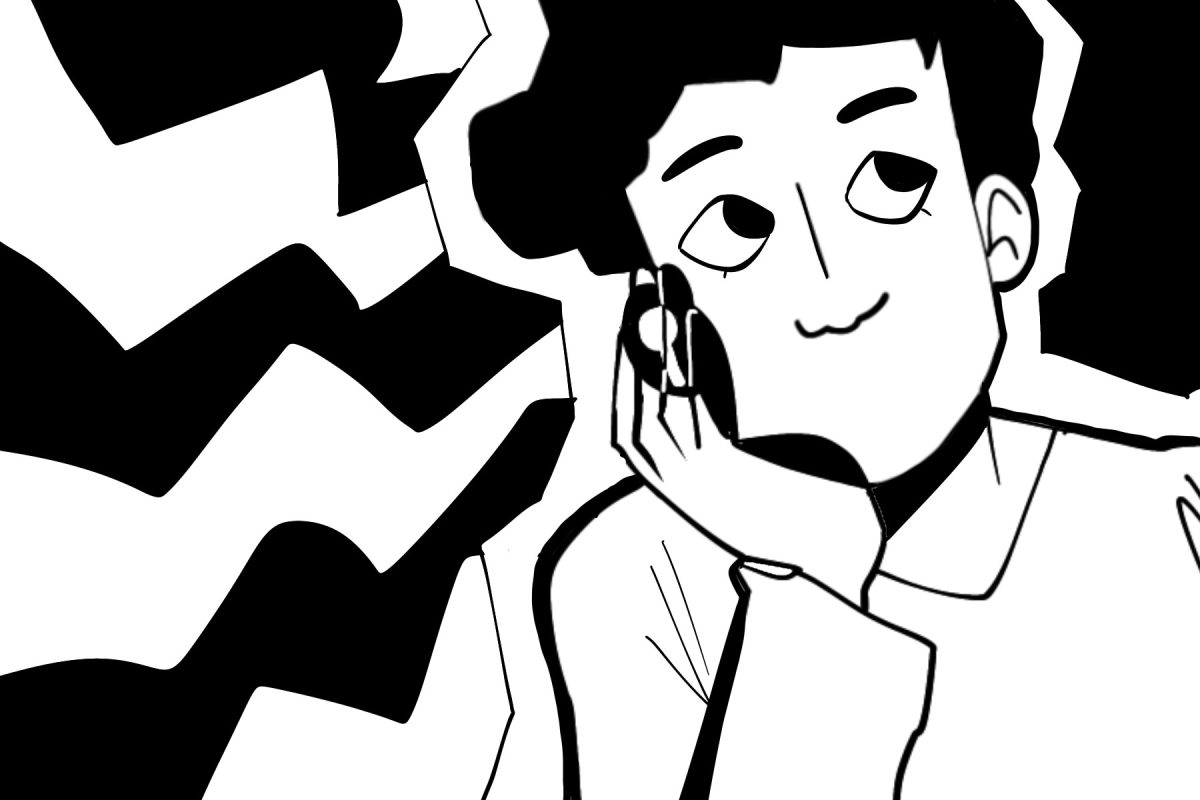Silk is a slippery, reflective fabric. On skin, it feels cool and airy, like a garment made from water. The origins of silk can be traced back to China, around three thousand years ago. A popular legend claims that the Empress Leizu discovered its secret when a cocoon fell from a mulberry tree into her hot tea, unraveling a single, impossibly long thread. This moment unlocked a treasure that would shape economies and define elegance for millennia.
The world has always been enchanted with this fabric. Scientifically, silk is a rarity. Most fabrics, such as wool or denim, come from animals or plants. Silk is the only fabric that comes from insects. It is a miracle of nature that gives the fabric its unique strength and that legendary, liquid sheen. This sheen comes from the triangular structure of the silk fibers, which catch and bend light like tiny prisms.
For many Vietnamese people, silk is our birthright. We drape ourselves in flowing ao dai for weddings. I still remember the first time I saw a bride and groom walk down the aisle, gleaming with joy and embroidered finery. Our school uniforms on formal occasions such as graduations are white ao dai, light threads hovering only a couple centimeters above the ground as we walk. Even babies are bestowed with this cultural wear. On Tet, the soft rustle of silk is the sound of respect for our ancestors and for the promise of a prosperous year ahead.
My own story with silk started in elementary school. My first ao dai was a light pink one, worn for a cultural festival. I remember feeling so proud when my best friend told me I looked like a pink angel. It was my first time feeling that special connection to my culture through clothing.
Now, I see that same excitement for our heritage online. On platforms like TikTok, creators are diving into fashion history. I love watching people who promote Viet Phuc style and others who recreate looks from China’s Tang Dynasty. They make history feel alive and accessible. Their videos have made me and so many others more curious about the deep roots of silk in our cultures. They show that tradition is not just for museums. It can be shared with everyone.
This all connects to my own red ao dai, which I got in the summer of 2024. The silk is a bold, lucky red, covered in intricate embroidery and tiny beads that sparkle. I wore it for my sixteenth birthday, and it felt like a new chapter in my personal history with silk.
Because of this, I have become more interested in the hands-on side of this history. I love the idea of learning to embroider and maybe even sew my own hanfu one day. It feels like a way to truly connect with the skill and artistry behind the fabrics I love. My red ao dai is my own personal piece of this living history, a reminder that our cultures’ stories are still being woven, both online and in our own hands.






